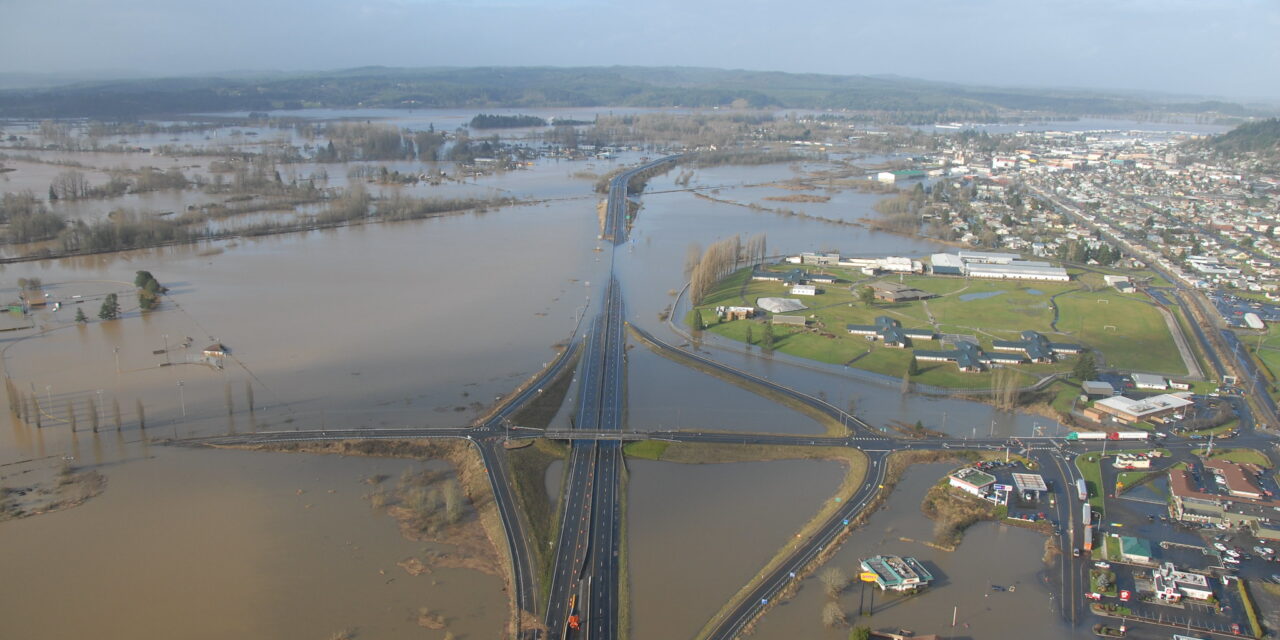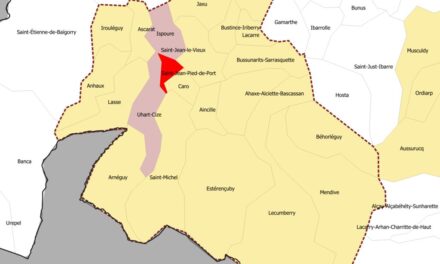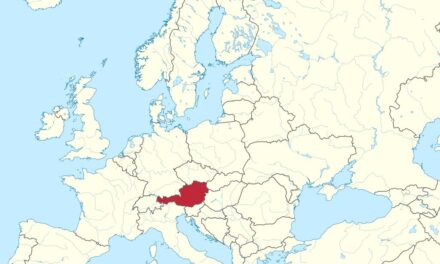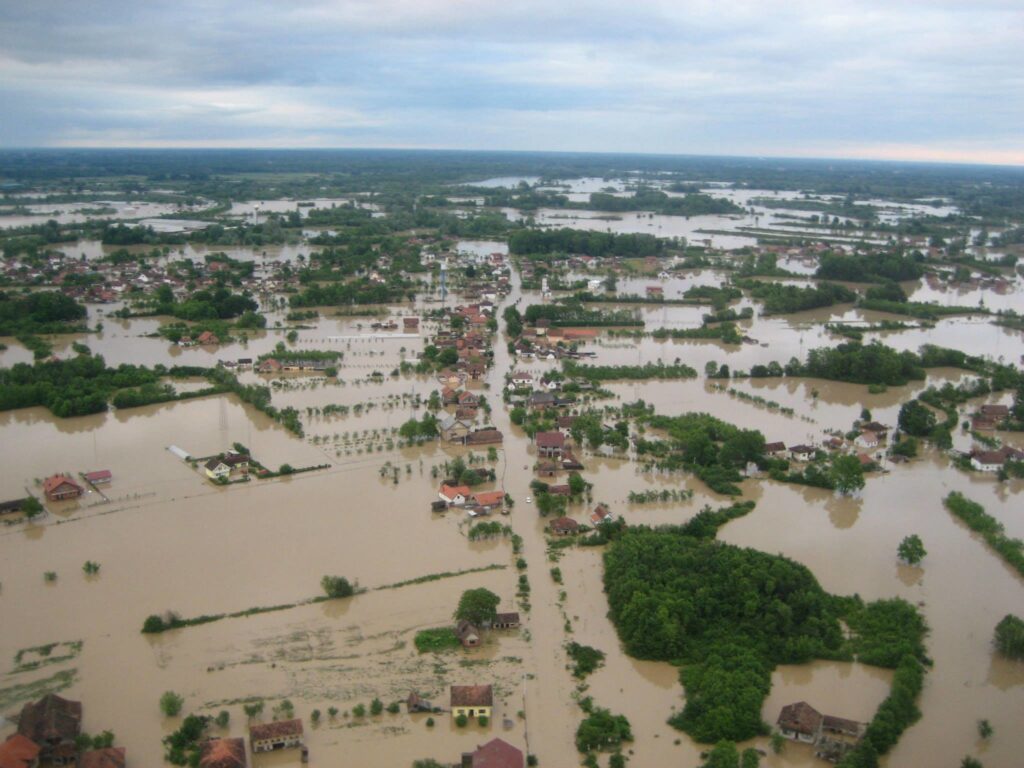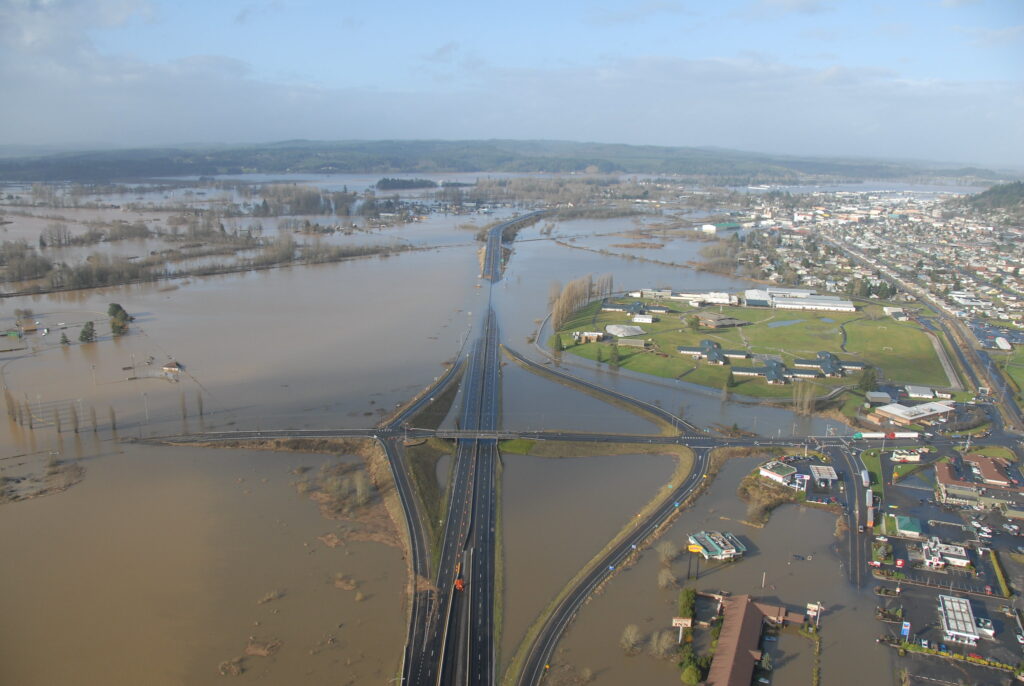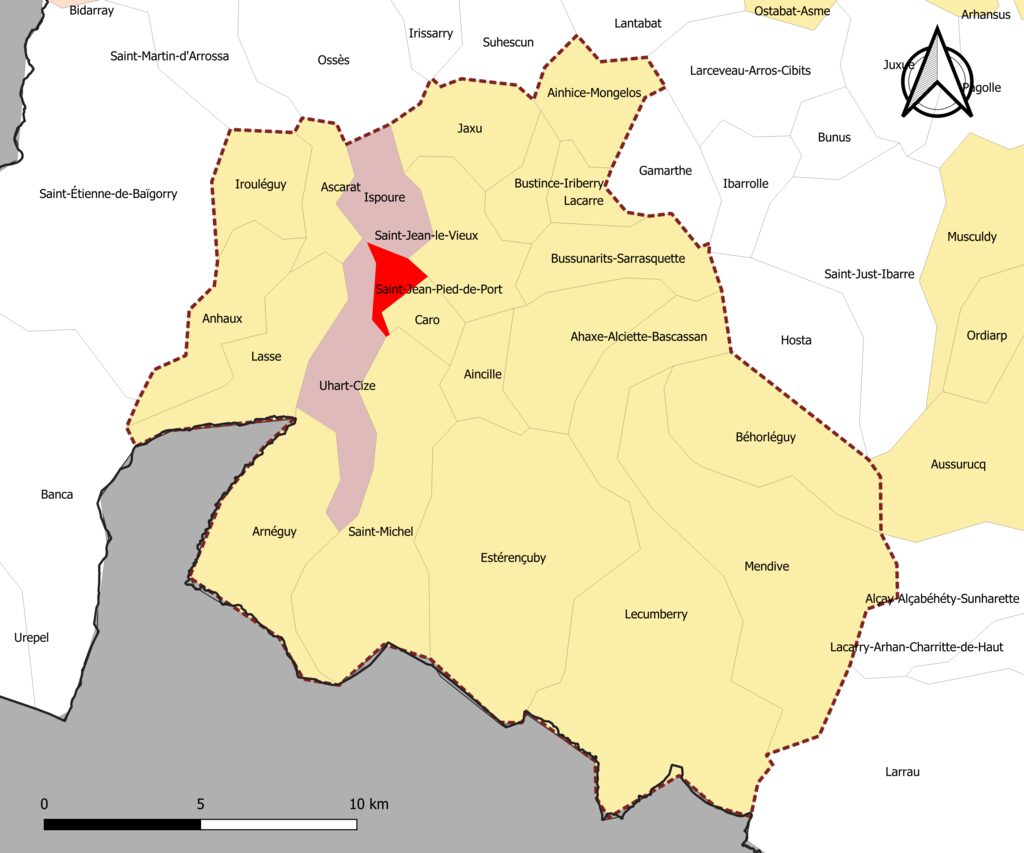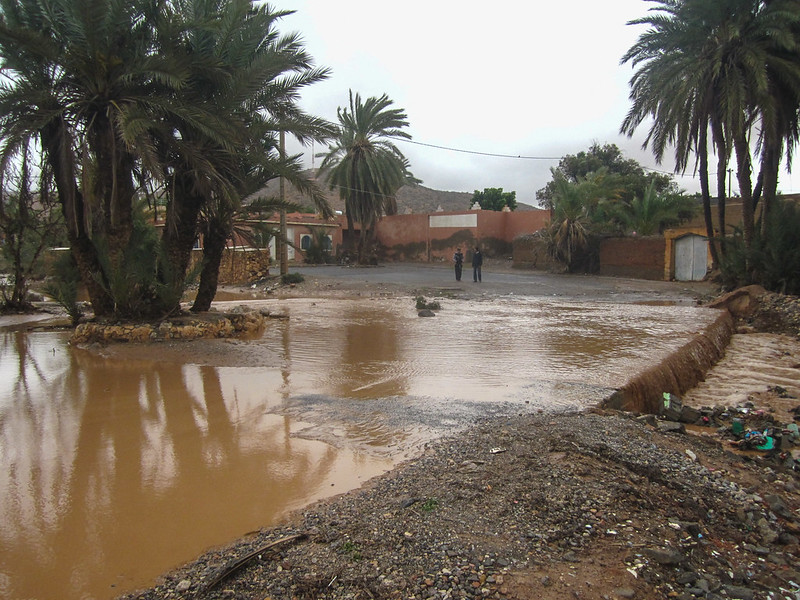Attention: Insurers Reduce Coverage for Flood Risk Areas
Introduction
The September Rendez-vous in Monaco annually gathers leaders in insurance and reinsurance. In 2024, the discussions took a more cautious turn. Indeed, insurers are considering reducing their coverage in flood risk areas. With the increasing frequency and intensity of floods, urbanized areas are becoming costly challenges for insurance companies. Consequently, this article explains why insurers are adopting this position. It also explores the consequences for residents and proposes possible solutions for protection.
Analysis
The September Rendez-vous in Monaco represents a crucial event for the insurance industry. Every year, the main players in the sector meet to discuss trends and challenges. This year, however, floods have taken center stage. Indeed, these natural disasters are becoming not only more frequent but also much more expensive to cover. According to Munich Re, a global leader in reinsurance, in 2023, global economic losses related to natural disasters reached $270 billion. Of this amount, only about $120 billion were covered by insurance, creating a huge gap between insured and uninsured losses. This figure reflects an increase of nearly 20% compared to 2022, where insured losses amounted to $100 billion.
The Challenges of Insurance in the Face of Natural Disasters
In particular, floods have caused a significant portion of these losses. In Europe, the floods of 2023 generated more than €14 billion in damages, mainly affecting densely populated areas. Additionally, these damages represent a 35% increase compared to previous years, primarily due to the increase in intense rainfall. Insurers, facing this reality, are reassessing their exposure in these areas. For example, in France, the cost of flood compensation increased by 30% in 2022, reaching more than €2.1 billion. This rise is due to growing urbanization, which densifies risk areas, and climate change, which intensifies extreme events.
Insurers Reduce Coverage to Limit Losses
Insurance companies now need to adapt their strategies in the face of these growing challenges. Indeed, covering high-risk areas is becoming increasingly expensive and extremely complex. Thus, Jean-Jacques Henchoz, CEO of Hannover Re, stated in 2024 that “the economic viability of insurance in high-risk areas is increasingly being questioned.” As a result, insurers are reducing their coverage in these regions to limit potential losses. For example, in California, State Farm and Allstate recorded a 60% increase in fire-related claims compared to the previous year, exceeding $13 billion in losses in 2023.
This reduction in coverage relies on advanced risk models. In 2023, more than 80 sophisticated models helped assess flood risks, compared to only 50 in 2020. These models take into account topography, population density, weather history, and local infrastructure. Thanks to this data, insurers refine their coverage strategies. Furthermore, these models help identify the most vulnerable areas and adjust insurance premiums accordingly.
Consequences for Policyholders and the Real Estate Market
These new insurer policies will directly affect residents in risk areas. Indeed, those living in flood-prone areas are likely to see their insurance premiums increase significantly. In France, for example, home insurance premiums in flood risk areas already increased by an average of 15% in 2023, according to the French Insurance Federation (FFA). This figure adds to a 10% increase recorded in 2022. Additionally, deductibles are also rising, imposing a greater share of costs on policyholders in the event of a claim. This situation can make insurance unaffordable for some homeowners, especially those in high-risk areas.
Thus, the impacts on the real estate market are becoming increasingly apparent. A World Bank study shows that properties located in flood-prone areas see their value drop by 10% to 30% on average. This devaluation depends on the intensity and frequency of floods. Consequently, buyers are turning away from high-risk areas, creating additional pressure on real estate markets.
Repercussions on Mortgages and Financial Institutions
The repercussions are not limited to insurers and homeowners. Banks and other financial institutions are also feeling the effects of these changes. Indeed, financial institutions are increasingly considering climate risks when granting mortgages. According to a Deloitte study, in 2023, 38% of European banks integrated climate risk models into their loan evaluations. This trend shows a significant increase compared to 2020, where only 15% of banks had integrated such models. As a result, homeowners in high-risk areas may have more difficulty obtaining loans or refinancing their mortgages. This situation could lead to a real estate crisis in some high-risk regions, with broader economic repercussions.
Public-Private Partnerships to Strengthen Resilience
To address these growing challenges, governments and insurers are adopting innovative solutions. They are notably investing in public-private partnerships (PPPs). These collaborations aim to improve local infrastructure and prepare cities for natural disasters. In France, for example, the “Action Cœur de Ville” initiative allocated more than €5 billion to strengthen infrastructure against floods. Additionally, the European Union, through the European Solidarity Fund, released more than €2.4 billion between 2020 and 2023 to help disaster-stricken regions rebuild. In Italy, the government also allocated €1.2 billion to modernize drainage systems in coastal cities.
Furthermore, the use of new technologies, such as artificial intelligence and geospatial data, is also becoming essential. For example, the French startup CartoRisk uses IoT sensors and satellite images to model flood risks and provide prevention solutions. Thanks to this data, cities can anticipate crises and better prepare for them. A McKinsey study shows that companies integrating these technologies reduce their claims management costs by 20%. This also improves customer satisfaction by 15%, making the compensation process faster and more accurate.
Grant Programs for Infrastructure Improvement
Moreover, several governments now offer grants to encourage the improvement of residential and commercial infrastructures. In Germany, the KfW program allocated €400 million in 2023 to help homeowners modernize their drainage systems and elevate their building foundations. This program subsidizes up to 30% of modernization costs, making homes more flood-resistant. Similarly, in the United States, the Federal Emergency Management Agency (FEMA) introduced grants covering up to 75% of drainage system improvement costs for high-risk communities.
Impacts on Society and Communities
The reduction in coverage by insurers will lead to significant consequences. On one hand, premiums and deductibles will increase. Consequently, many homeowners and businesses will face higher insurance costs. On the other hand, the value of real estate in high-risk areas could further decrease. According to another World Bank study, commercial properties located in flood-prone areas lose an average of 25% of their value after each major flood. As a result, local communities will lose essential tax revenue from property taxes.
Thus, local communities and governments will need to intensify their efforts to improve risk prevention and management. They will need to invest in the construction of new drainage infrastructure, create water retention areas, and encourage flood-resistant construction practices. Indeed, these measures could mitigate long-term impacts and encourage more sustainable practices.
Concrete Examples of Resilience Projects
To address these challenges, several cities are adopting innovative measures. In Rotterdam, Netherlands, the city has created public squares that serve as retention basins during heavy rains. These infrastructures cost around €50 million but have already prevented €200 million in damages since 2018. Similarly, the city of Copenhagen invested €1 billion to modernize its urban drainage systems and create green spaces capable of absorbing excess water. This project aims to reduce flood risks by 50% by 2030.
Other cities, like Tokyo, are investing in gigantic underground tunnel systems. These underground structures can store up to 5 million cubic meters of water, reducing urban flood risks. This project, which cost $2.6 billion, is considered one of the largest flood prevention infrastructure projects in the world.
The Most Impacted Areas
- France (PACA region): The 2023 floods caused over €800 million in damages.
- Italy (Veneto and Liguria): Frequent floods have led to costs of several hundred million euros. In 2023, damages exceeded €900 million.
- United States (California and Florida): Wildfires and hurricanes cost more than $20 billion in 2023.
- Japan (Tokyo and Kansai regions): Typhoons and earthquakes cost billions of dollars each year. Losses in 2023 reached $15 billion.
- Germany (North Rhine-Westphalia): The summer 2023 floods were estimated at €1.8 billion.
How to Protect Against Floods?
- Install flood barriers: These temporary barriers block water and protect buildings from floods. Their cost ranges from €1,000 to €10,000 depending on the size.
- Elevate infrastructure: Building houses and buildings on stilts reduces damage. The additional cost is on average 20% compared to a traditional construction.
- Improve drainage systems: Modernizing urban drainage systems prevents saturation and flooding. This requires an average investment of €500 per linear meter.
- Create water retention areas: These areas retain large amounts of water during heavy rains. Each area costs between €100,000 and €500,000.
- Purchase climate risk insurance: This specific insurance financially protects against natural disasters. Premiums range from 1% to 5% of the insured value.
Preparing Communities and Encouraging Collaboration
Local communities must also play a crucial role in flood preparedness. They can create community resilience groups to educate residents on safety measures and evacuation procedures. Moreover, communities can collaborate with local organizations and NGOs to obtain additional funding and resources. By acting together, they strengthen their resilience against natural disasters.
Article Sources
- Munich Re – Natural Disasters Review 2023 ★★★★★
- Hannover Re – Statements by Jean-Jacques Henchoz at the September Rendez-vous 2024 ★★★★☆
- Scor – Conference by Denis Kessler on Insurance and Climate Risks ★★★★☆
- Natural Disasters Statistics in Europe – European Commission ★★★★★
- Global Climate Data – World Meteorological Organization ★★★★☆
In Conclusion
The September Rendez-vous in Monaco revealed the urgency of acting in the face of increasing flood risks. Insurers are reducing their coverage to limit their losses, directly affecting homeowners and local communities. However, solutions exist. By investing in resilient infrastructure, using advanced technologies, and strengthening public-private collaboration, we can minimize these impacts. Ultimately, individuals and businesses must prepare and act now to protect themselves against tomorrow’s climate risks.
